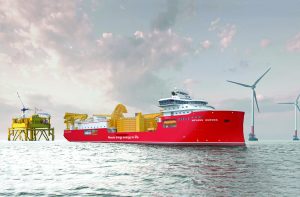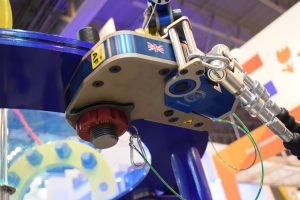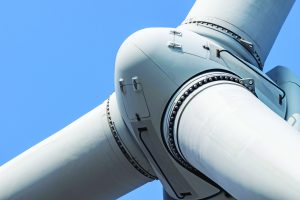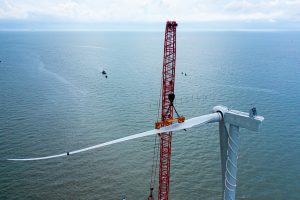The wind-energy market has been calling for the need to reduce maintenance costs now and especially after the production tax credits expire. Mechanical joint integrity accounts for a large portion of the maintenance scope.
Torkworx, being a leader in controlled bolting solutions, has a laser focus on power generation. It has been pivotal in the development and evolution of specific products and services proven to reduce maintenance costs while improving WTG joint integrity.
Torkworx approaches its solution in three parts, all designed to reduce cost while increasing production and quality. The three realized parts are technology, service, and equipment.

Technology
On the technology side, Torkworx looked at how to reduce the overall costs and liabilities associated with torque and tension checks. Monitoring the bolt load was the obvious solution. But how to make it happen, and where to start? A bolting project on a slew-ring bearing application in the steel industry used a proven product manufactured in the U.S. This product allowed the monitoring of bolt load in real time on critical joints. This quality fastener company specialized in customer-driven solutions and began revising the design to fit Torkworx’s application.

The result of the revision was a load-indicating washer designed for base bolts that reduces equipment costs and completion times. This washer measures the bolt load by simply attaching a gauge to the coupler immediately identifying any load loss. Load-indicating hardware can be installed on any mechanical joint and, with advancements in wireless technology, the data can be sent in real-time from remote locations.
Imagine the cost reduction by removing the need for technicians to climb and use bolting equipment to perform these checks. For example, knowing a blade-bolt joint was failing before it caused any damage would be advantageous.

Service
On the service side, Torkworx looked at its internal service department and how it could improve production and reduce costs. Thanks to bolting equipment and experience, contractors and owner/operators have asked Torkworx to perform thousands of base-bolt tension checks. Technicians are mechanics who can climb, so tensioning work is nothing new. Using a specialty company like Torkworx frees up customer manpower. This reduces the cost to complete the scope because specialty companies concentrate on nothing else but their specialty service, making them more efficient.
Torkworx has introduced some automated pressure reading systems along with equipment that has a reduced footprint. These innovations allow Torkworx to perform the task faster and with exceptional quality in reporting, which will increase customer confidence in the service. This new technology can also be used to monitor target pressures and completion times so Torkworx can observe performance in real time. This reduces costs, allowing Torkworx to provide a reduced per WTG rate. The savings in time and manpower are immediate realized benefits for customers that are clear and justifiable.

Equipment
On the equipment side, Torkworx listened to the market and began assembling turbine specific WTG tooling packages. Torkworx has been doing this on the conventional turbine side for a decade, so offering rental on specialty tooling made sense.
It has been able to assemble a sizable specialty tensioner and electronic torque kit inventory. Contractors having a difficult time keeping up with equipment demands and repair costs along with the staggering initial investment now have immediate access to the required tooling at a fraction of the cost.


































